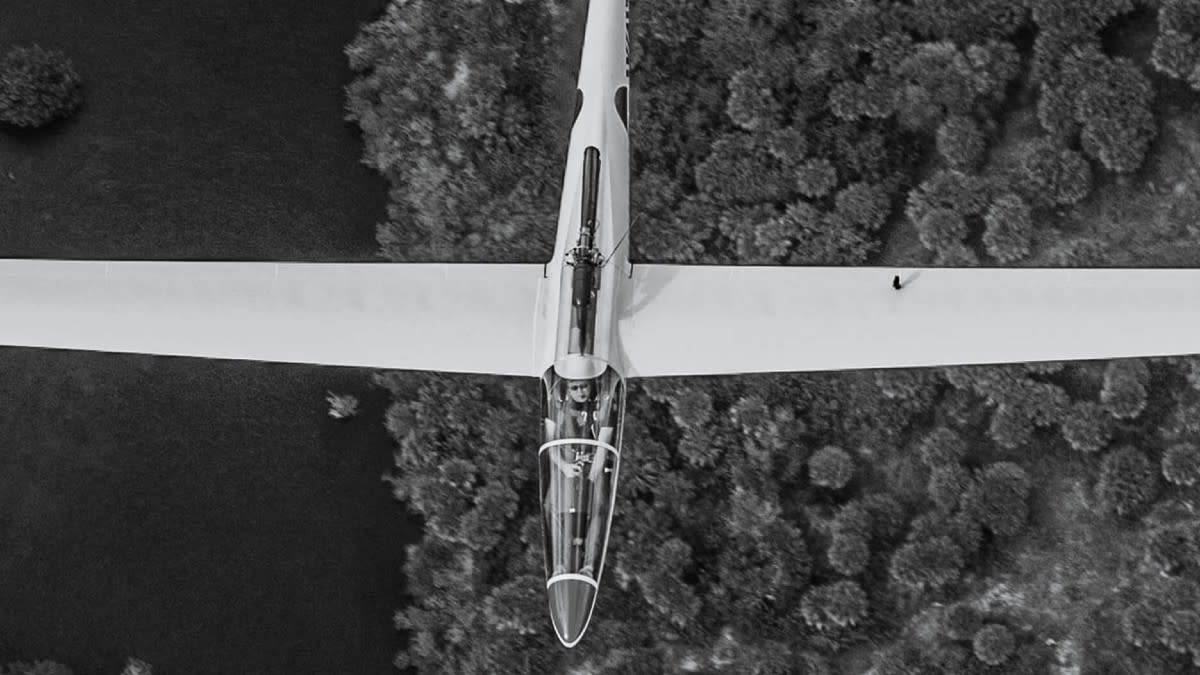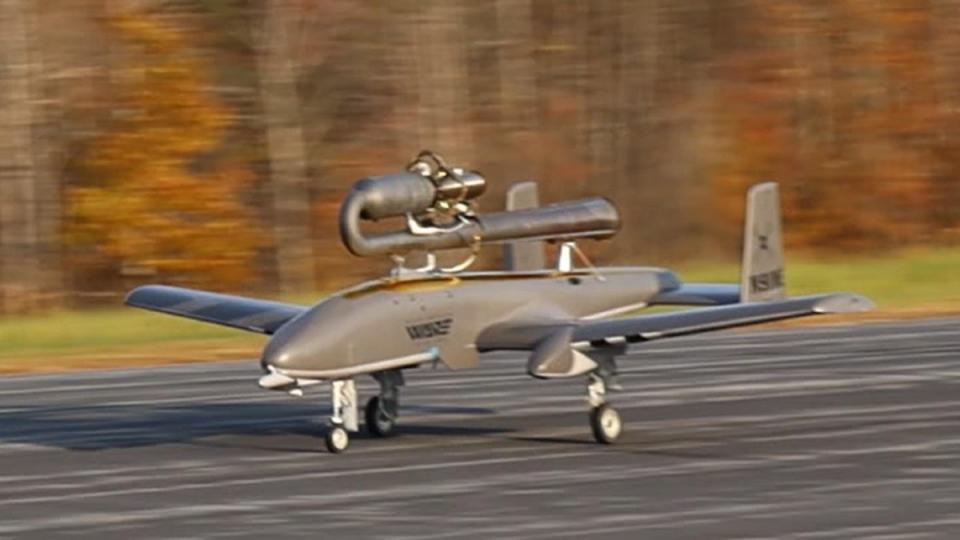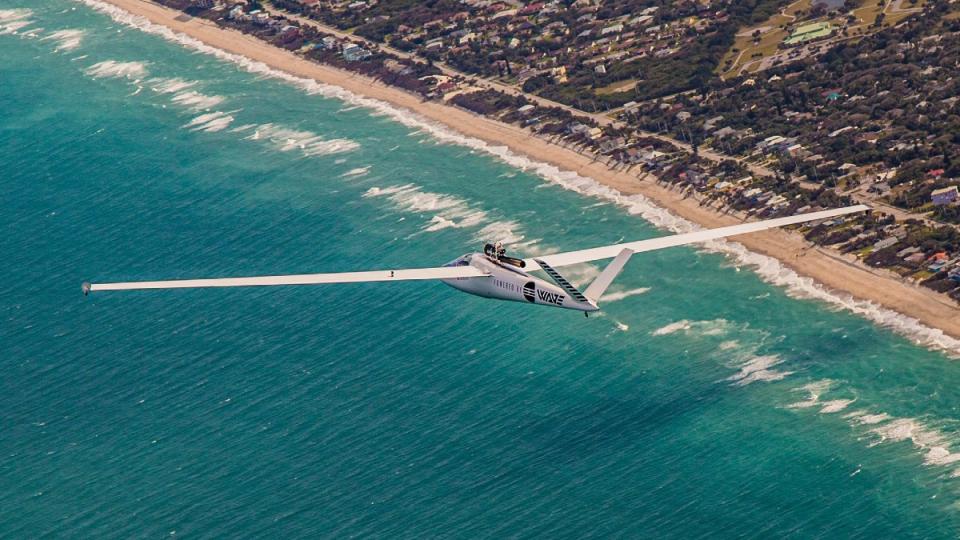This Bonkers Jet Has an Engine With No Moving Parts. It Just Completed Its First Flight.

A jet engine with no moving parts. Sounds like something out of Dune. But a Baltimore start-up successfully flight-tested a scaled version to prove that the concept worked.
Wave Engine Corp. released this video on YouTube showing its demonstrator picking up speed, taking off, doing several mid-air starts and successfully landing. The unmanned aerial vehicle (UAV) had an assemblage on top that resembled a curved exhaust pipe on a muscle car. That was actually the wave engine, a contemporary variation of the pulsejet engine, which was first used on German V-1 guided missiles in WWII.
More from Robb Report
A Boutique Collection of Chic Homes Makes Its Debut at One of L.A.'s Most Exclusive Developments
The Creator of 'CSI' Just Dropped $14 Million on a Hilltop Santa Barbara Estate
Extreme Guitarist Nuno Bettencourt Sells His L.A. House for Nearly $4 Million
The company said wave engines operate by using pressure waves instead of rotating parts like a conventional turbine jet engines. “Intermittent combustion inside a hollow tube produces pressure waves that push hot gases and produce thrust,” Wave Engine Corp. said in a statement. It added that the cost and complexity of jet propulsion are significantly less with this technology.

While pulsejet designs have been around for a century, the technology has been largely dismissed by the commercial aviation industry for being too loud and difficult to regulate during flight. They are used in model aircraft, drones and industrial applications. Pulsejet designs have been tried on experimental helicopters, and there is the belief, as Wave Engine Corp. shares, that the pulse detonation engine (PDE) promises higher efficiency than turbofan jet engines.
Boeing has a proprietary pulsejet engine technology called Pulse Ejector Thrust Augmentor (PETA), while aircraft engine makers Pratt & Whitney and General Electric have PDE research programs that use pulsejet engines for testing concepts early in the design phase. Boeing may use it on its Light Aerial Multi-Purpose Vehicle (LAMV) for future combat scenarios.

“We continue to push the performance and flight envelope,” said Daanish Maqbool, CEO of Wave Engine in the statement. “We have worked for years to harness the power of sound and fire, and we believe it is going to change the industry.”
Wave Engine first tested the technology in 2020 by mounting a prototype engine on a piloted glider and turning it on in mid-flight. The latest unmanned flight had the engine integrated into the UAV. Of course, going from a 100-pound prototype to a commercial jet is a big leap. It will involve years of testing, development and certification for the technology to be proven, as well as getting aircraft manufacturers to design its jets around the engine.
As part of the announcement, Wave Engine officially launched its J-1 engine, which has 50+ pound-force of thrust. The company said the J-1 could propel the 100-pound UAV. Other engines under development will have up to 250 pound-force to propel aircraft weighing 1,000 pounds.
Best of Robb Report
Sign up for Robb Report's Newsletter. For the latest news, follow us on Facebook, Twitter, and Instagram.

